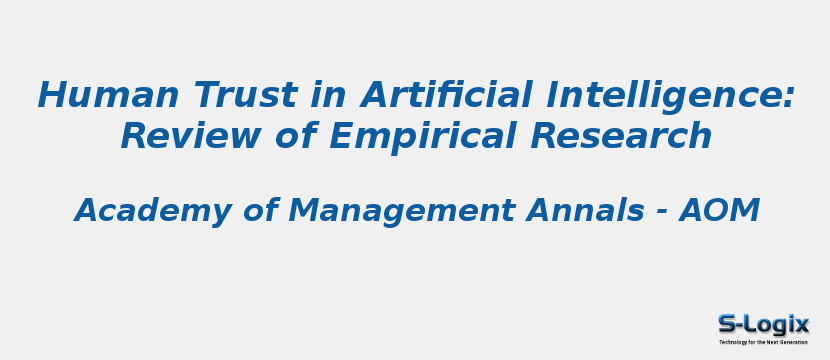Research Area: Artificial Intelligence
Artificial intelligence (AI) characterizes a new generation of technologies capable of interacting with the environment and aiming to simulate human intelligence. The success of integrating AI into organizations critically depends on workers trust in AI technology. This review explains how AI differs from other technologies and presents the existing empirical research on the determinants of human “trust” in AI, conducted in multiple disciplines over the last 20 years. Based on the reviewed literature, we identify the form of AI representation (robot, virtual, and embedded) and its level of machine intelligence (i.e., its capabilities) as important antecedents to the development of trust and propose a framework that addresses the elements that shape users cognitive and emotional trust. Our review reveals the important role of AIs tangibility, transparency, reliability, and immediacy behaviors in developing cognitive trust, and the role of AIs anthropomorphism specifically for emotional trust. We also note several limitations in the current evidence base, such as the diversity of trust measures and overreliance on short-term, small sample, and experimental studies, where the development of trust is likely to be different than in longer-term, higher stakes field environments. Based on our review, we suggest the most promising paths for future research.
Keywords:
Author(s) Name: Ella Glikson and Anita Williams Woolley
Journal name: Academy of Management Annals
Conferrence name:
Publisher name: Academy of Management
DOI: https://doi.org/10.5465/annals.2018.0057
Volume Information: Vol. 14, No. 2
